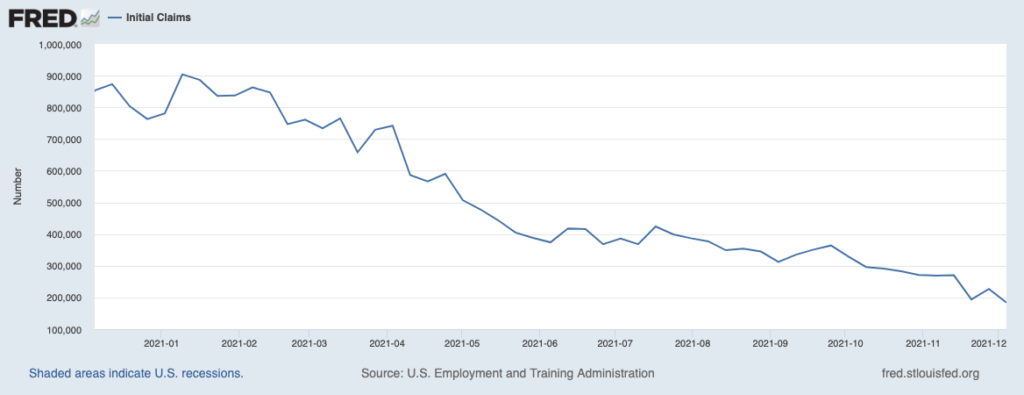So often, we approach report days with quite a bit of hype, nervous excitement, and a certain trepidation, but this is December after all. Not only are well looking at holiday reduced trade and interest but knowing that there will be no changes in the domestic production figures and that the “final” figure will be released a month from now, it is challenging to garner a lot of interest. Of course, one should never assume that the UDSA will not provide a surprise, but it is difficult not to in this case. Regardless, here again, are the trade estimates. 2021/22 corn ending stocks are expected to come in at 1.487 billion bushels, beans at 352 million, and wheat at 589 million. In November, the USDA had these pegged at 1.493, 340, and 583. World ending stocks are expected to come in at 304.47 MMT for corn, compared with 304.42 last month, beans at 104.13 MMT versus 103.78, and wheat at 276.3 MMT instead of 275.8.
Brazil’s CONAB did get the jump on the USDA with the release of production estimates this morning. They bumped the 2021/22 bean estimate up slightly to 142.789 MMT and took the total corn crop up to 117.181 MMT. 2021 wheat production was raised to 7.811 MMT from 7.689, and cotton output was reduced slightly to 2.612 MMT.
While all in line with expectations, we did see a nice resurgence in export sales last week. For the week ending the 3rd of December, we sold 1,132,500 MT or 44.6 million bushels of corn. Canada was the top purchaser taking 258.4k MT, followed by Colombia with 244.8k and then China stepping up for 202.1k. Beans sales jumped 54% from the previous week, coming in at 1,637,900 MT or 60.2 million bushels. China accounted for 54% of the total with 893.4k MT, followed by Egypt purchasing 226.8k and then Spain in for 134.2k. Also, this morning the USDA announced a sale of 280k MT of beans to unknown destinations. Seeing that wheat had set a marketing-year low the previous week, the bar for improvement was set pretty low, and we came in with a net of 239,900 MT or 8.8 million bushels. This was still 27% under the 4-week average. Guatemala was the top buyer with 68.7k MT, followed by Thailand with 60k and the Philippines taking 56k. We suffered quite a letdown on the meat trade, though. Beef sales were down 80% for the week and set a marketing-year low of just 4,200 MT, and pork sales dropped 52% to 19,800 MT.
It seems that the employment information has become as erratic as some markets as the Initial Weekly Jobless claims dropped 43,000 this week to 184,000. This is only the second time below 200,000 since the late 1960s. Economists were expecting a drop of around 11,000. A year ago this week, that number was 853,000, and two years ago 238,000.
In the macros this morning, we have energies and metals weak, financial instruments a touch better, Bitcoin under pressure, equities lower and the U.S. Dollar higher.
